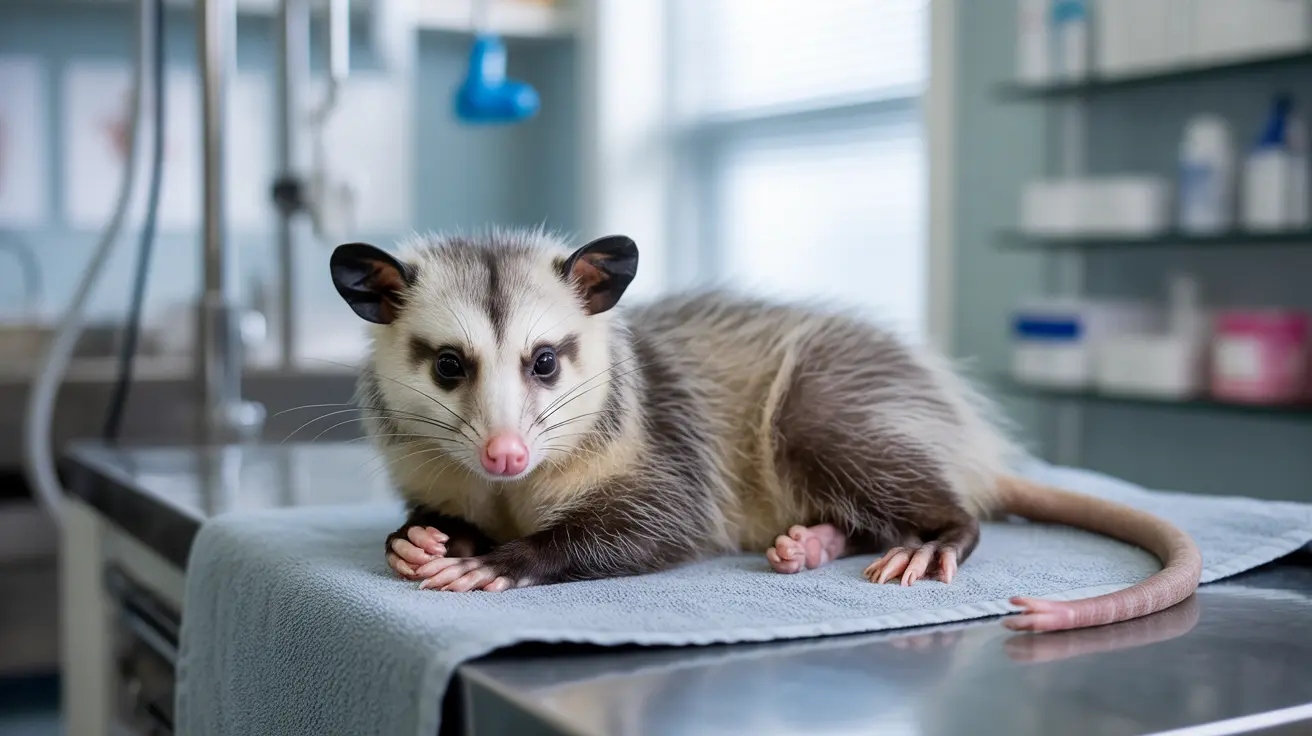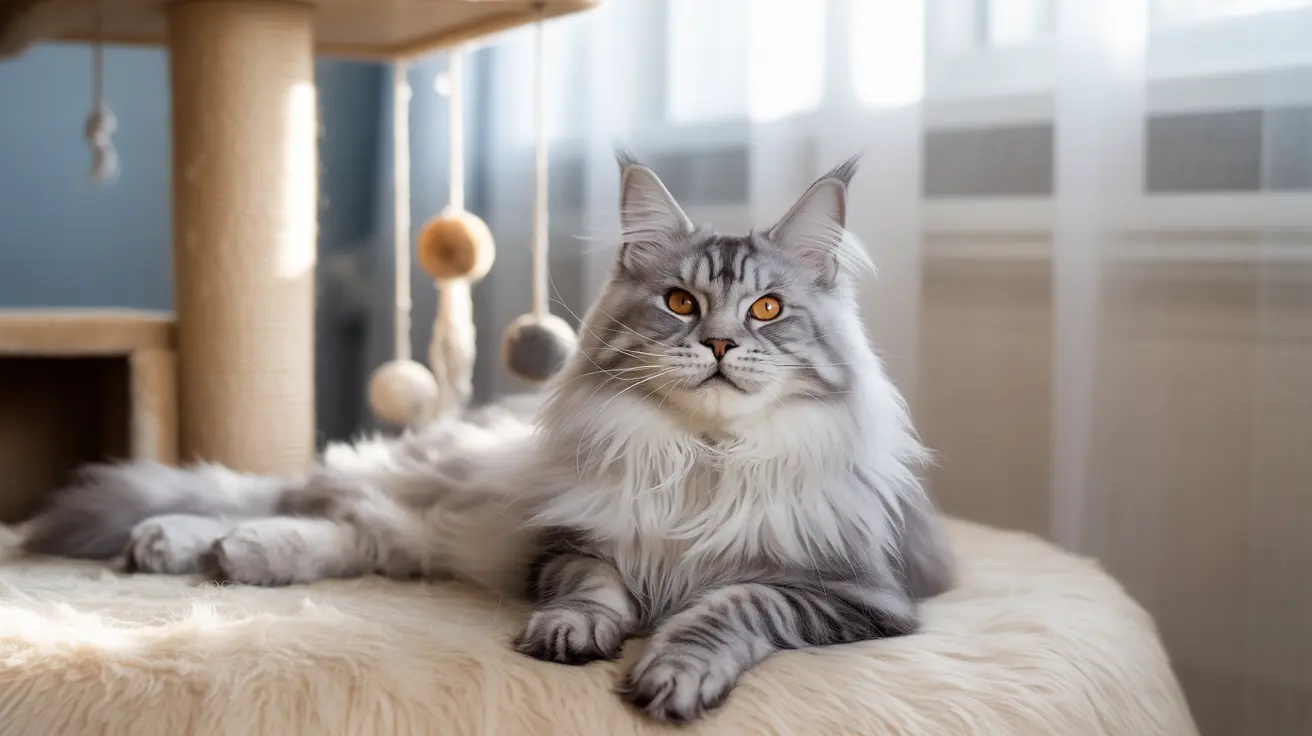The Most Lethal Household Hazards for Cats
Cats are naturally curious animals, often exploring tight corners, chewing on unfamiliar things, or licking substances they encounter. While this behavior may seem harmless, it can expose them to a variety of potentially lethal hazards—many of which are found right in the average home. Understanding these threats is vital for every cat owner to help prevent accidental poisoning or injury.
1. Lilies: The Most Toxic Plant for Cats
Lilies (Lilium species) are among the most dangerous substances to cats. Even tiny amounts of pollen, leaves, or water from a vase containing lilies can cause rapid kidney failure. Symptoms can begin within a few hours and include vomiting, lethargy, and loss of appetite. Without prompt veterinary intervention, ingestion is often fatal.
2. Other Toxic Plants
- Sago palm – Causes vomiting, liver failure, and possibly death.
- Philodendron – Irritates the mouth and digestive tract.
- Morning glory seeds – May cause hallucinations and gastrointestinal upset.
- Wandering Jew – Can lead to skin irritation and allergic reactions.
3. Human Foods That Can Kill Cats
- Chocolate – Contains caffeine and theobromine, which are toxic to cats.
- Grapes and raisins – Can cause kidney failure in some cats.
- Onions and garlic – Lead to oxidative damage of red blood cells, resulting in anemia.
- Macadamia nuts and raw yeast dough – May result in various gastrointestinal and neurological issues.
- Xylitol – A sugar substitute that can cause hypoglycemia and liver failure.
4. Medications and Supplements
Common household drugs can be lethal to cats, even in small doses:
- Acetaminophen and NSAIDs (e.g., ibuprofen, naproxen) – Can lead to liver failure and gastrointestinal bleeding.
- Antidepressants and ADHD medications – May cause tremors, seizures, and heart problems.
- Alpha lipoic acid and vitamin D3 – Common supplements that are harmful to felines.
5. Pet Products Meant for Dogs
Many people inadvertently put their cats in danger by using dog-specific flea and tick treatments on them. Pyrethroids, commonly found in dog treatments, are highly toxic to cats and can lead to death.
6. Household Cleaners and Chemicals
Everyday cleaning supplies like bleach, oven cleaner, and drain unblockers pose serious risks. Cats may inhale fumes, get exposed through contact with cleaned surfaces, or ingest residues during grooming.
- Liquid potpourri – Can cause oral and esophageal burns.
- Essential oils – Especially tea tree oil, can cause symptoms ranging from drooling and tremors to severe central nervous system depression.
- Hydrogen peroxide – Often used to induce vomiting in dogs, but can cause irritation and ulcers in cats.
- Glow sticks – Contain a chemical that can lead to drooling and agitation.
7. Physical Hazards Around the Home
Aside from toxins, several seemingly harmless household objects can put your cat’s life at risk:
- Dryers and washing machines – Always check inside before use; cats sometimes nap in them.
- Reclining chairs and exercise equipment – Can crush or injure playful cats.
- Electrical cords, bag ties, floss, and small objects – Pose choking or intestinal blockage risks if ingested.
8. Prevention Tips
- Store all toxic medications, foods, and cleaners in secure, cat-proof cabinets.
- Avoid using essential oils, dog flea treatments, or strong chemicals near your cat.
- Check dryers, washers, and recliners before use.
- Teach children not to feed any human food to pets.
- Label and restrict access to known hazard zones, such as under-sink cupboards.
9. What to Do If Your Cat is Poisoned
- If you suspect poisoning, contact your veterinarian or a poison control center immediately.
- Do not induce vomiting unless specifically instructed by a professional.
- Keep emergency contacts, including the ASPCA Animal Poison Control Center, on hand.
- Monitor your cat for symptoms like vomiting, tremors, seizures, or respiratory difficulty.
Your cat’s safety starts with awareness. By keeping your home cat-friendly and free of dangerous substances, you provide a safer environment that helps ensure a longer, healthier life for your feline friend.





